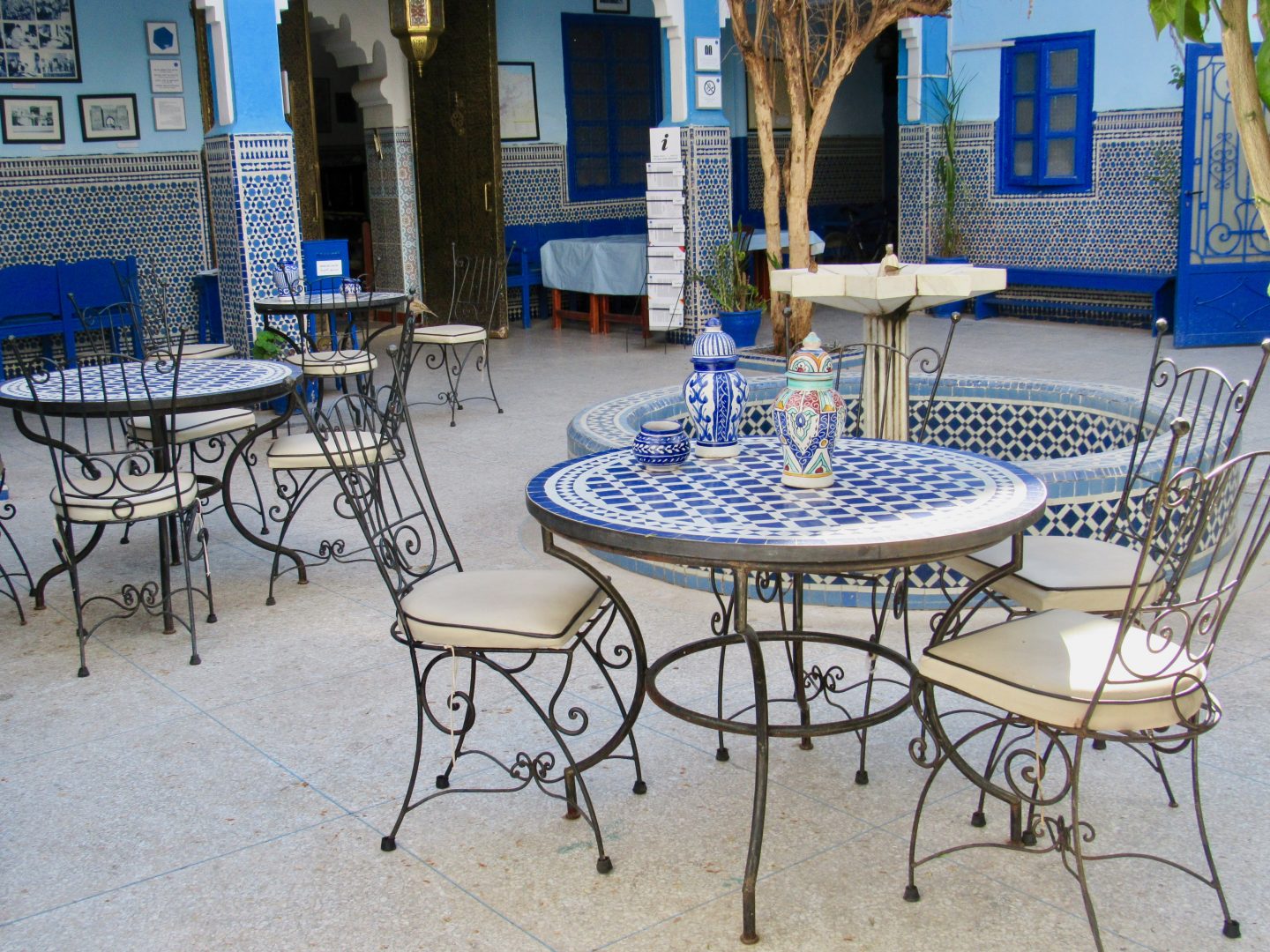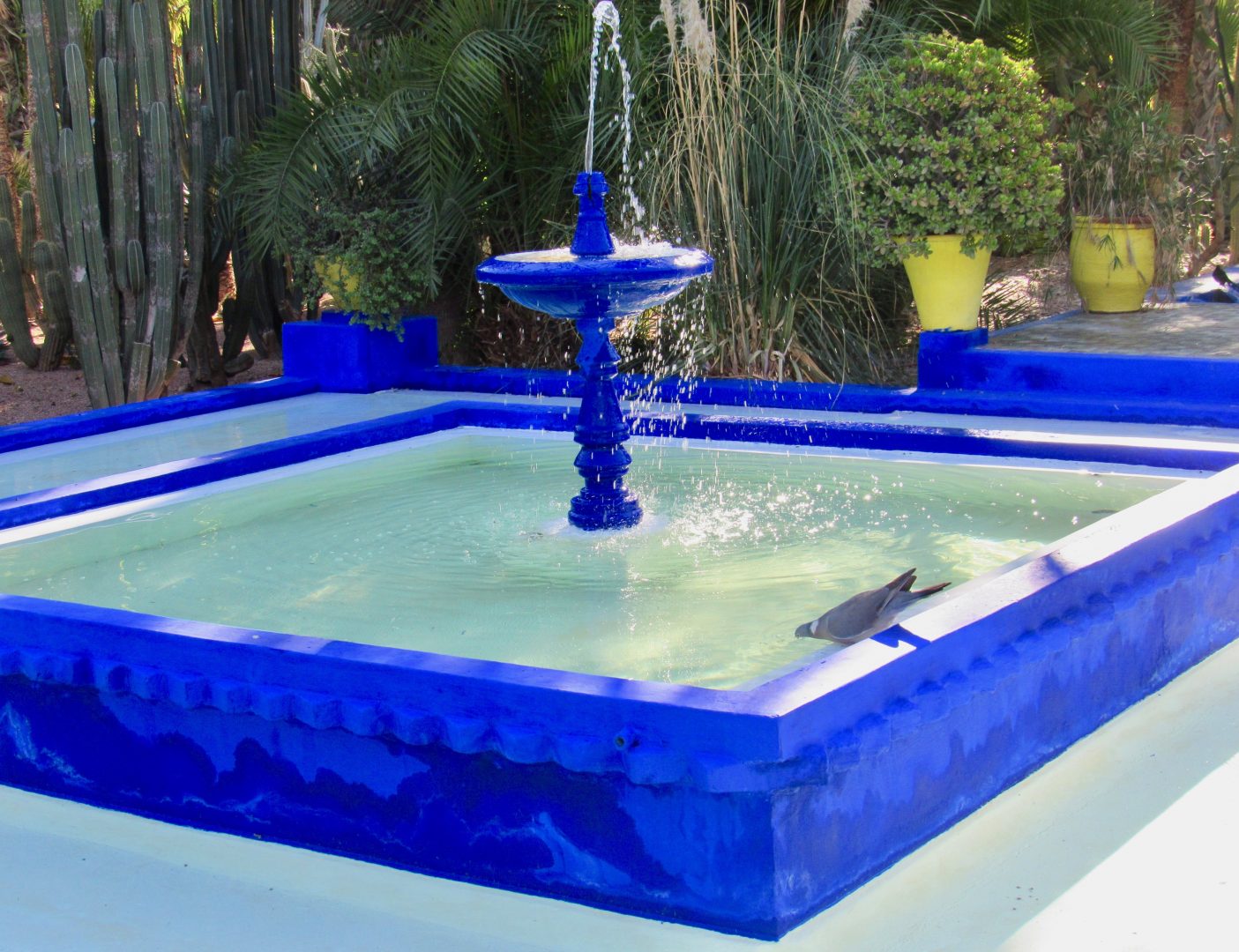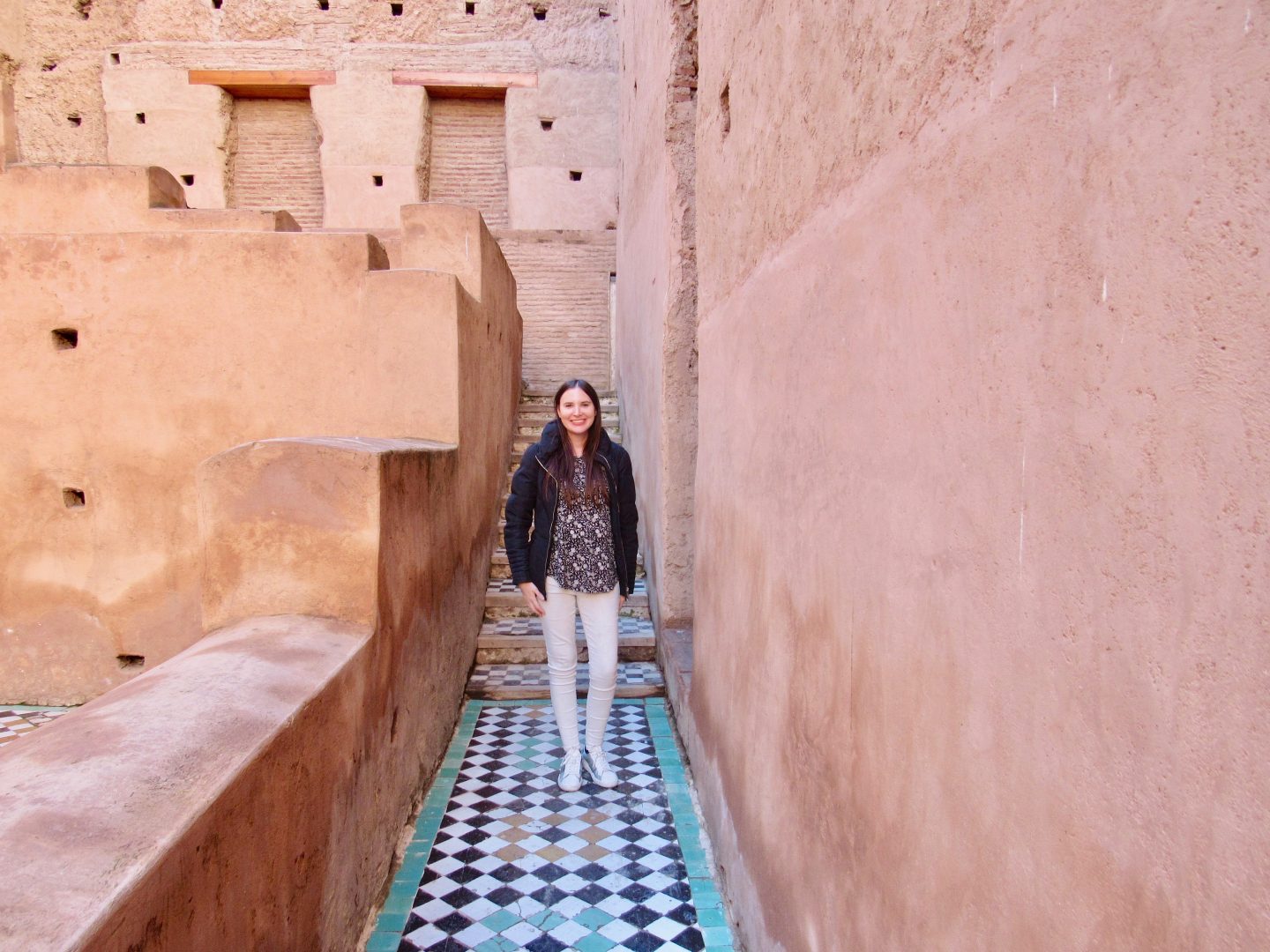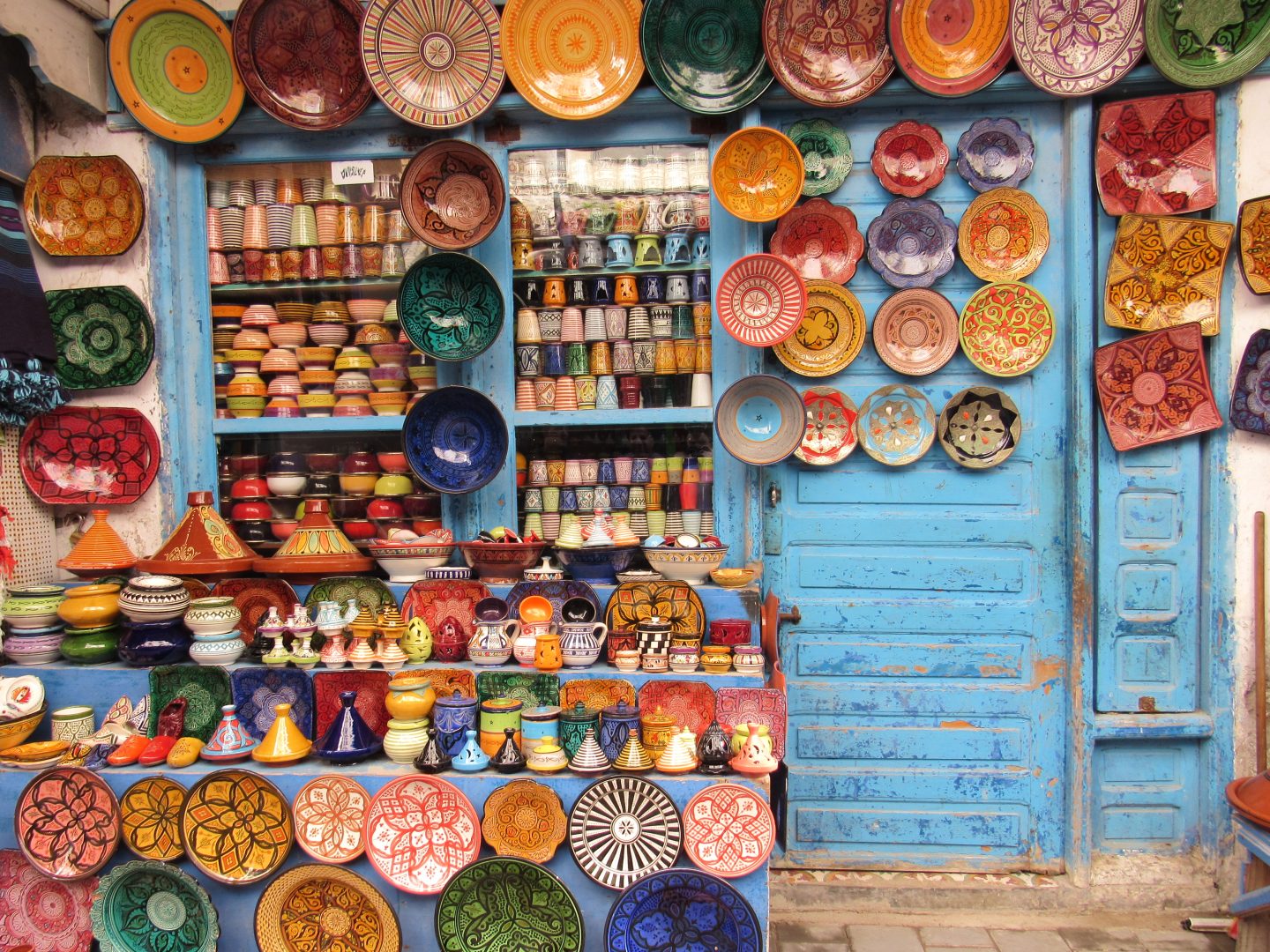A couple of years ago I bought a tourist book called Altas Obscura that shows interesting places around the world. Every time I take a trip I visit their website to see what I can find on their site. If you are looking in Marrakech, there are only three sites including the Miara cemetery for the Jews. As you can collaborate on their website, now you can find some my photos in that post.

Jews arrived in Morocco more than 2,500 years ago
It is not known exactly when the Jews arrived in Morocco, but it is known that it was before the country was a Roman province. It is said that the first arrived in the sixth century BC after the destruction of the first temple in Jerusalem. They lived and married the native Berbers. They were treated quite well as long as they paid their taxes to the sultans. This tax under the jiyza system was only for non-Muslim residents.
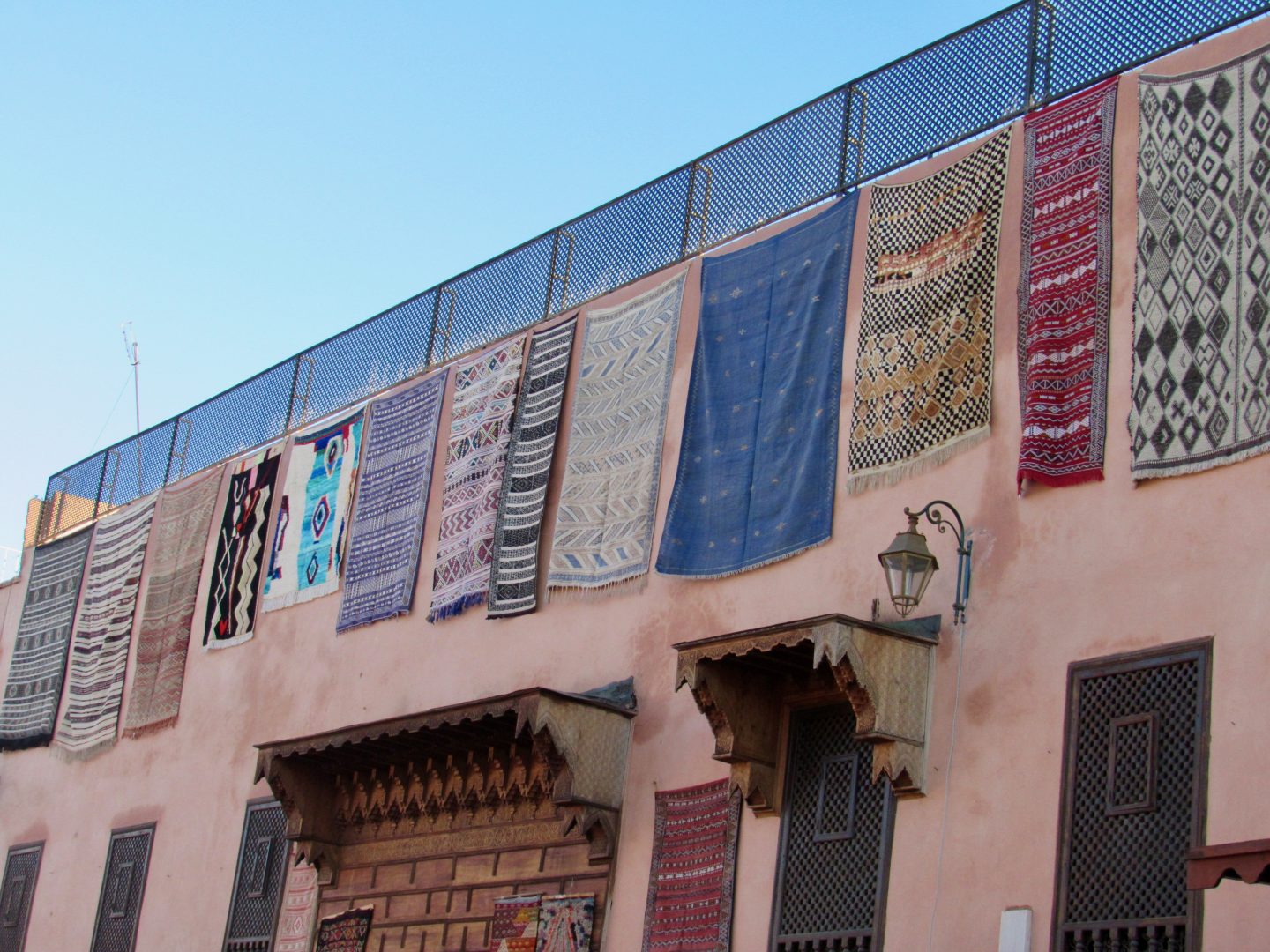
In 1391, a wave of Jews arrives in Morocco after the massacres that occur in Spain. Things get worse and finally in 1492 the Catholic Monarchs order the expulsion of the Jews from Spain. After the establishment of the Spanish Inquisition, the government’s mission was to expel everyone who practiced other religions.
Since 1438 they forced the Jews of Fez to live in an area called mellah, which comes out of the word for salt in Arabic. At that time the Jews were forced to put salt on the heads of the prisoners who were executed. This happened after a wave of violence against religious practitioners. The Sultan moved them to a neighborhood with walls to protect them, unlike the European ghettos that were established to control them.
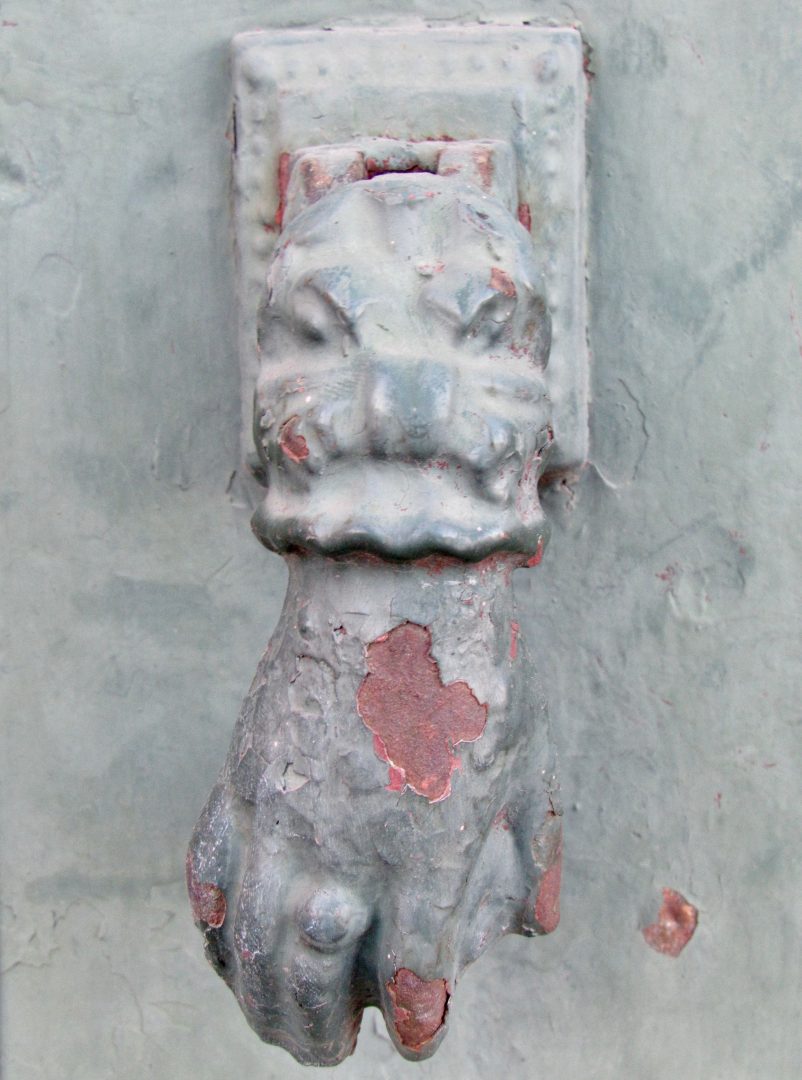
Living conditions for Jews finally improved in 1912 under the French protectorate. During World War II, King Muhammed V prohibited the deportation of Jews.
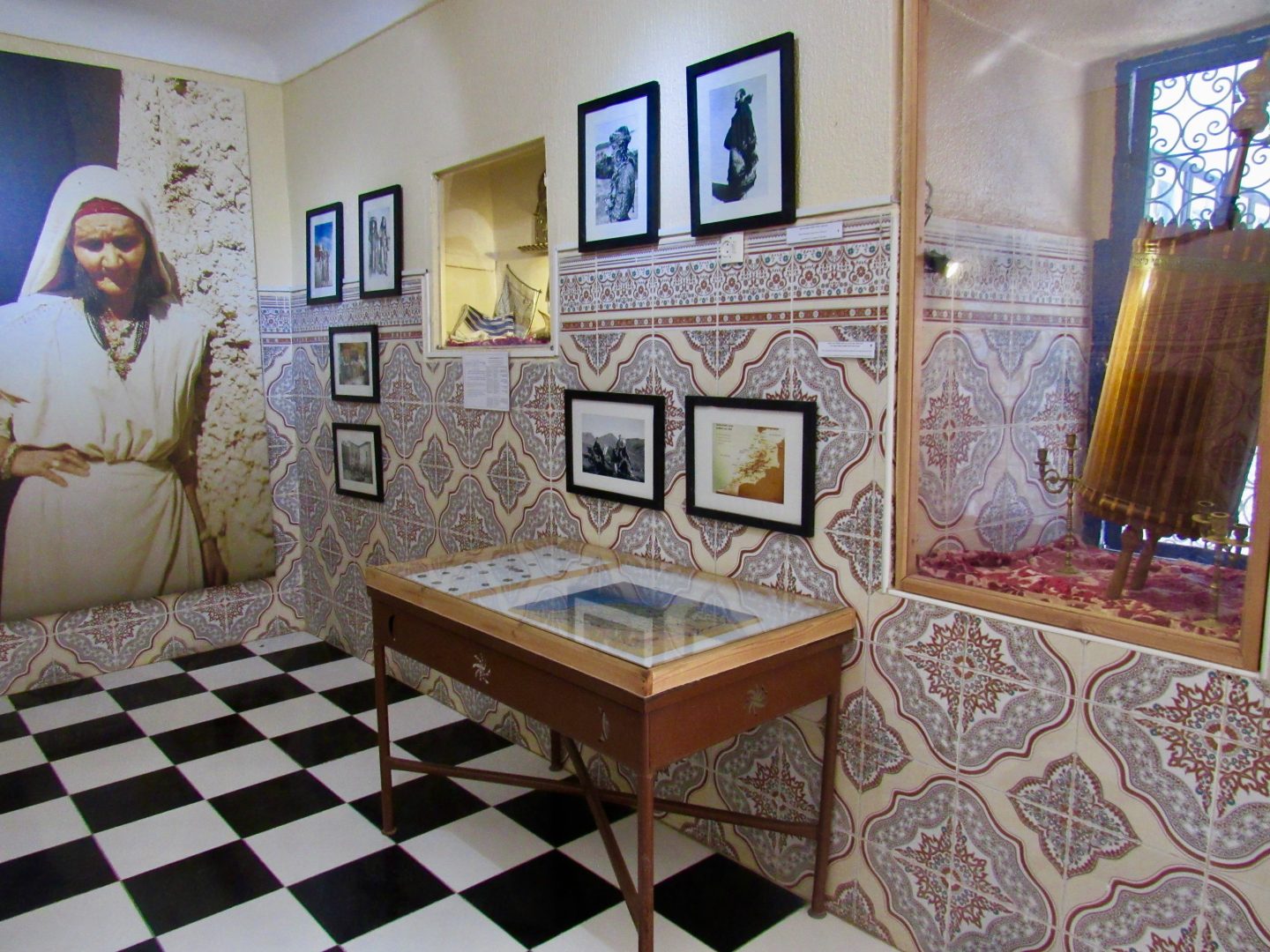
By 1948 there were about 270,000 Jews in Morocco. Since that year about 295,833 Moroccan Jews emigrated to Israel due to poverty conditions. Other Jews decided to migrate to France, the United States and Canada. Although there are no formal diplomatic or economic relations, the relationship between Morocco and Israel is very good.
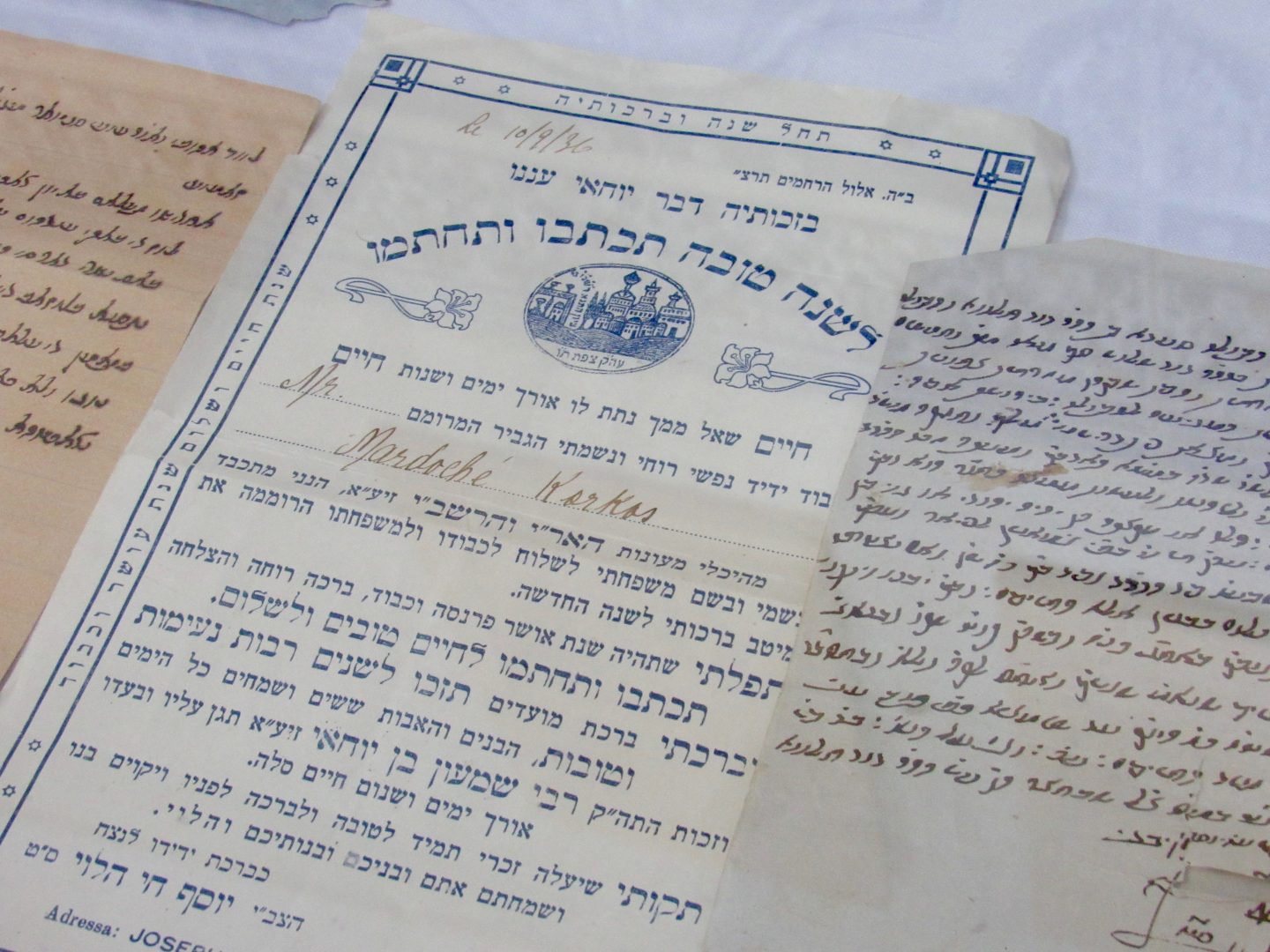
There are currently 250 Jews in Marrakech left; 400 in Rabat; 250 in Meknes; 150 in Tangier and Fez; 100 in Tetuan and 5,000 in Casablanca. In Casablanca you can find the Moroccan Jewish Museum, the only Jewish museum in any Arab country.
The mellah of the Jews in Marrakech
The historic neighborhood for Jews in Marrakech was made in 1558 during the reign of Moulay Abdallah. The idea was to give them a quiet area in the center of the medina, where they could take advantage of their talents as artisans. Very high walls separated the 18 hectares of the Jews from their Muslim neighbors. The design of the houses inside the mellah was different since they had balconies, while the Muslims only have walls with doors.
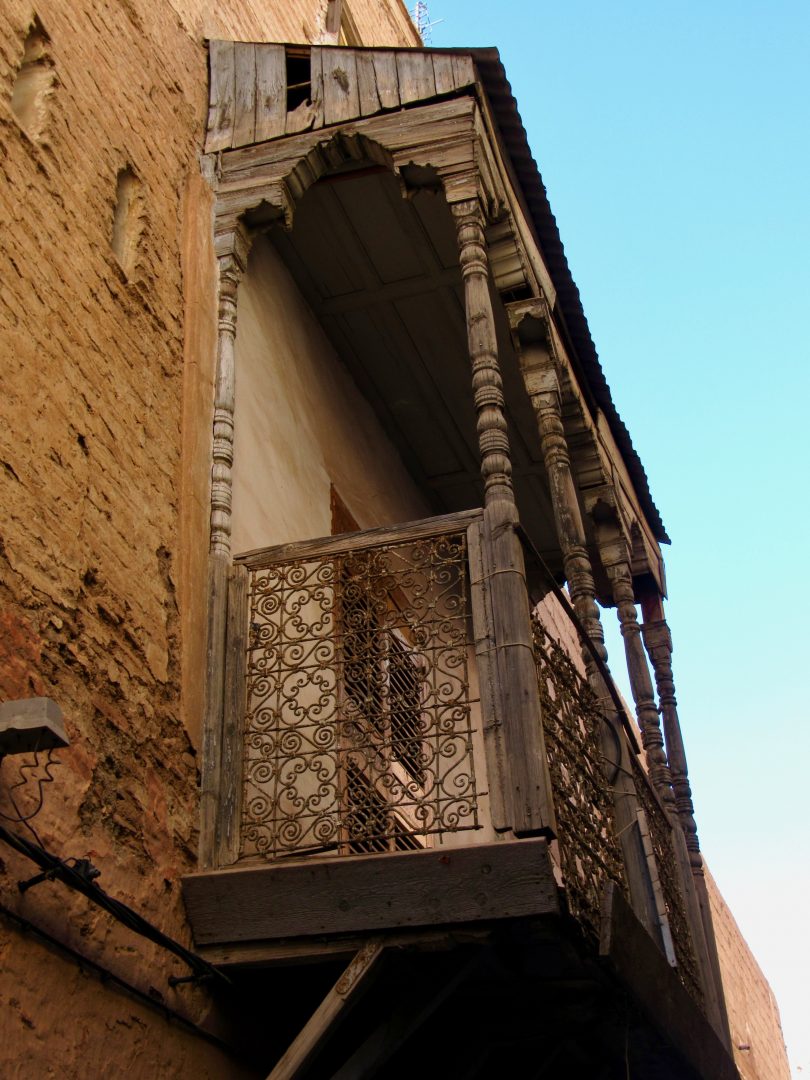
There is a blue door to enter the mellah that is known to have been miraculous. A group of men approached the neighborhood with the intention of looting, and a man named Murdukhai ben Attar, prayed for a miracle. A flame barrier came out of the door and the attackers left. Visitors kiss the door until today. This man is buried as a saint in Miara, the Jewish cemetery in Marrakech.
According to a 1947 census, there were 50,000 Jews in Marrakech. In the 1960s, almost everyone decided to migrate to Israel in search of a better life. Many houses were abandoned and the deterioration of the neighborhood is seen. Currently only three Jewish families are still living in Mellah. Several stores just outside the mellah remain the property of the Jews. They mainly sell spices, cloth and passementerie.
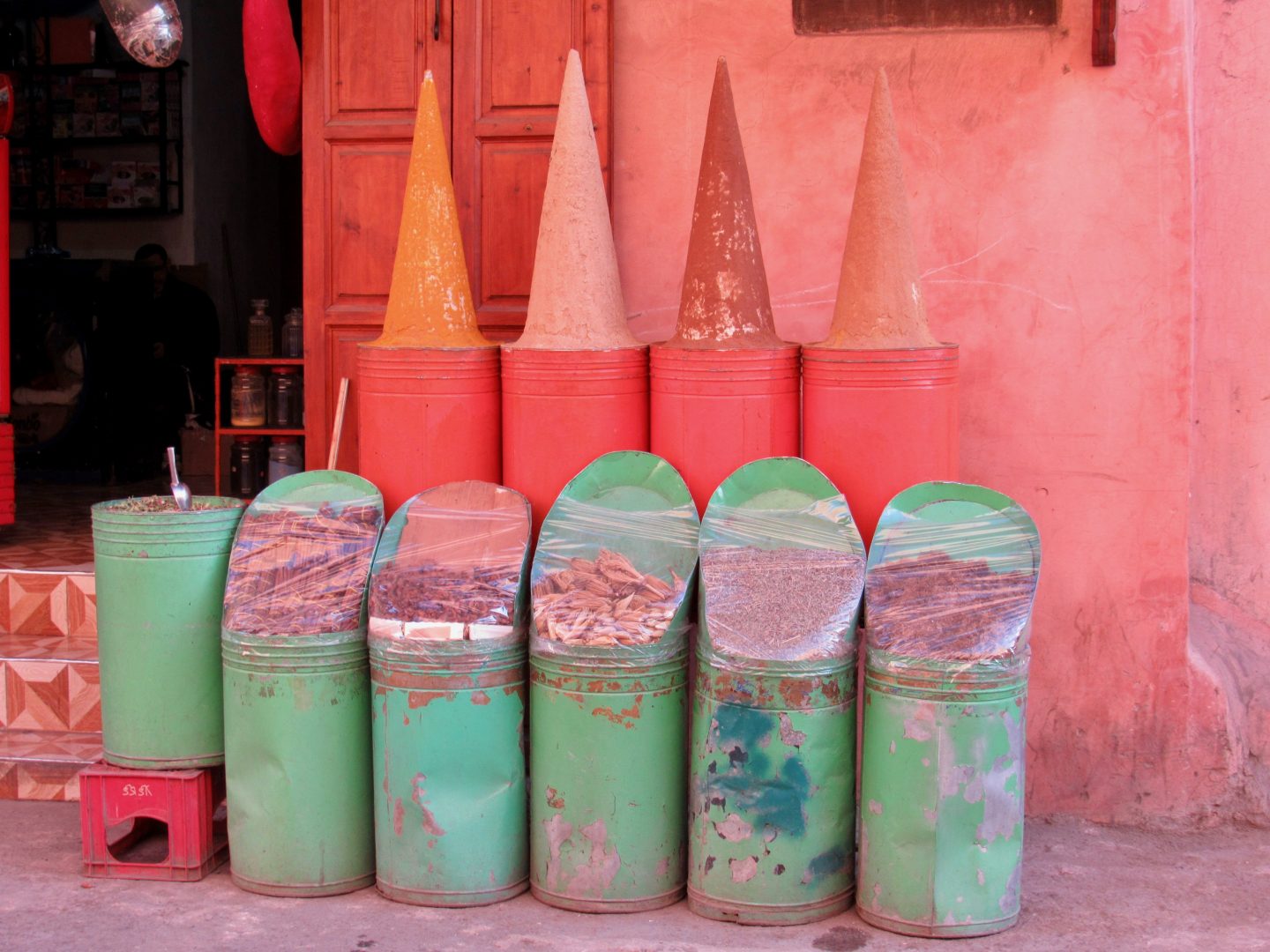
The Bahia Palace is in this neighborhood, in addition to the Dar Si Said and Tiskiwin museums that show Moroccan cultural heritage. Rahba Kedim Square was the old slave market, but today it is full of spice shops. The narrow alleys within the mellah have shops and houses that were sold to low-income families.
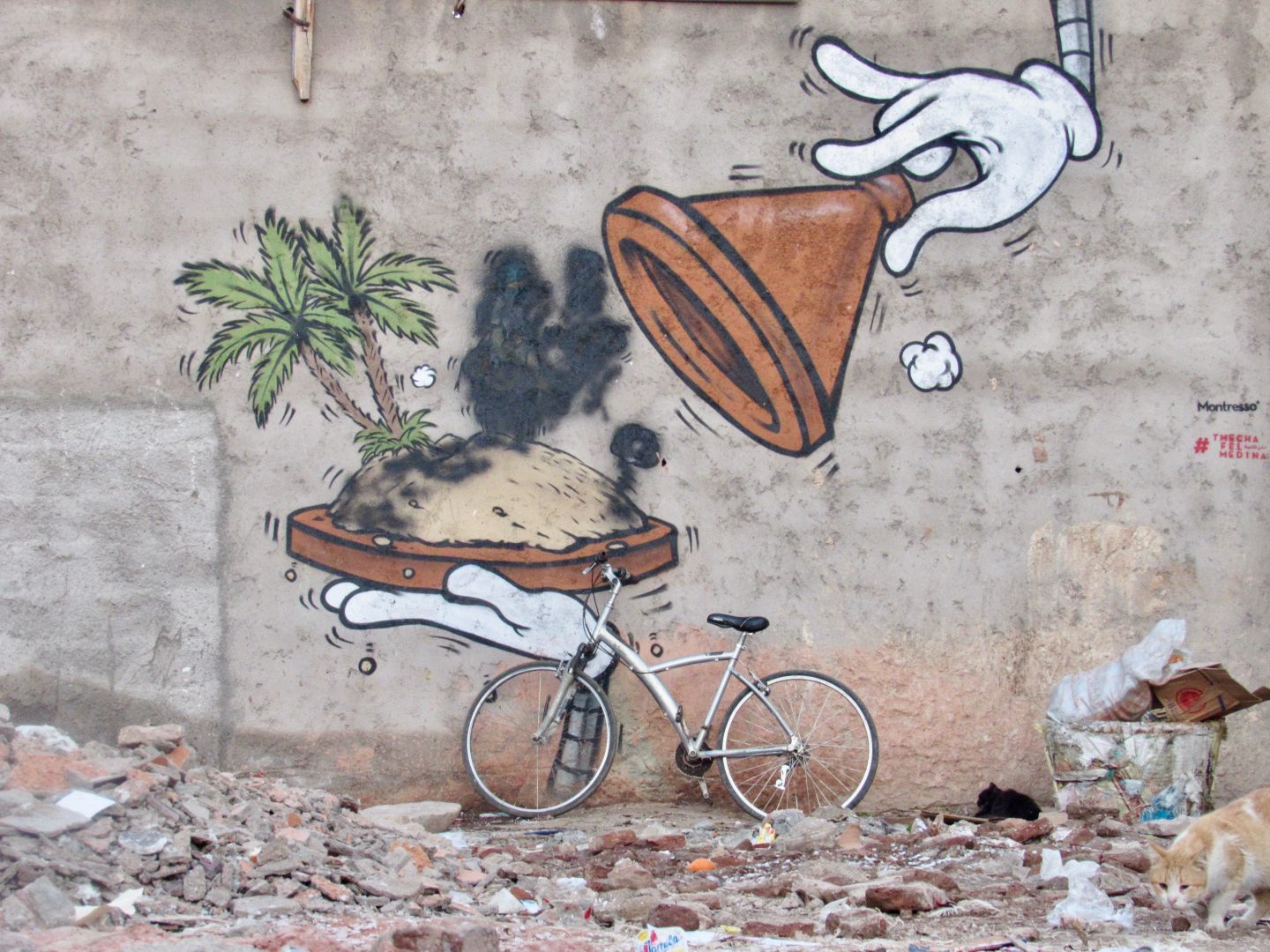
In 2015 a restoration process began and about 20.5 million dollars have already been spent. Ferblantiers Square, a pedestrian zone near the spice souk, was benefited. The names of places that had been changed returned to their original Hebrew names. It is becoming a popular destination for Jewish tourists, especially during the holidays.
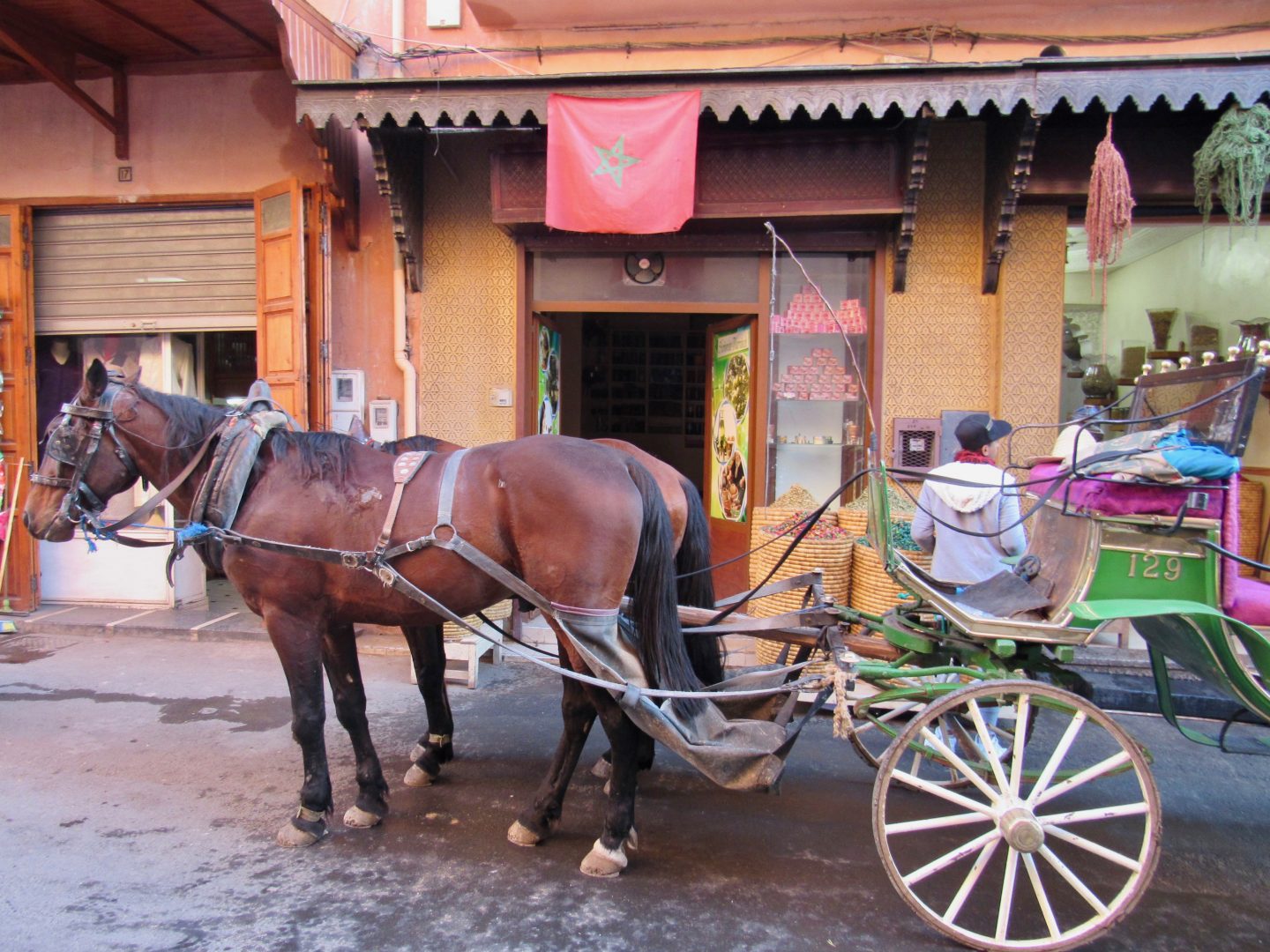
The Lazama synagogue
There were 30 synagogues in Marrakech years ago, but currently there is only one: Lazama synagogue of Sephardic worship.
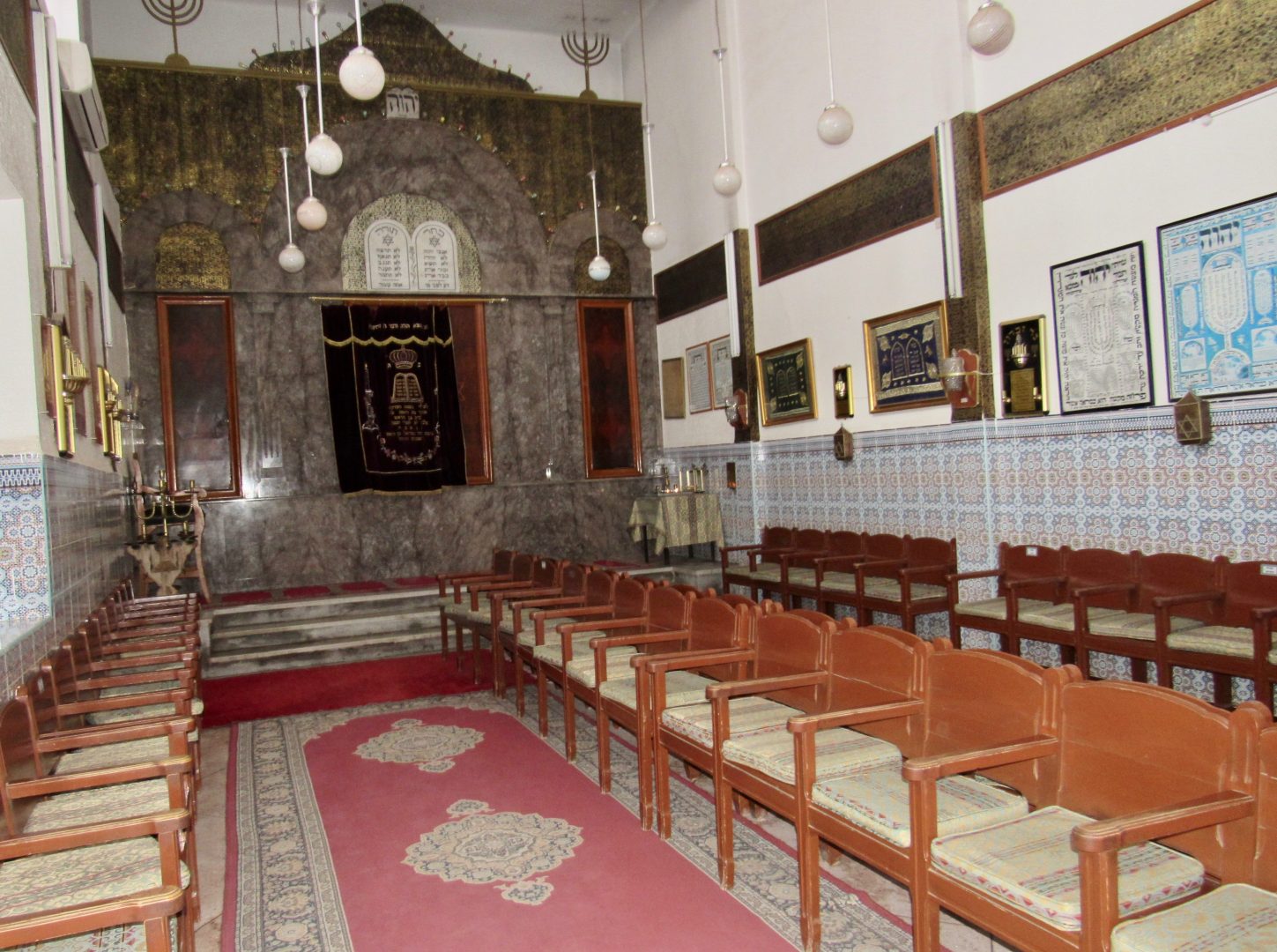
It is very easy to find it, since the locals guide you if they see you are a tourist. As a courtesy I said yes when they offered me directions, even though I had a local SIM card and knew where I was using google maps. In the end the boy took me to his shop to try to sell me things. I told him that I had already bought spices and left. According to him, the spice market in Mellah only opens one day a week and that day is always the day you go.
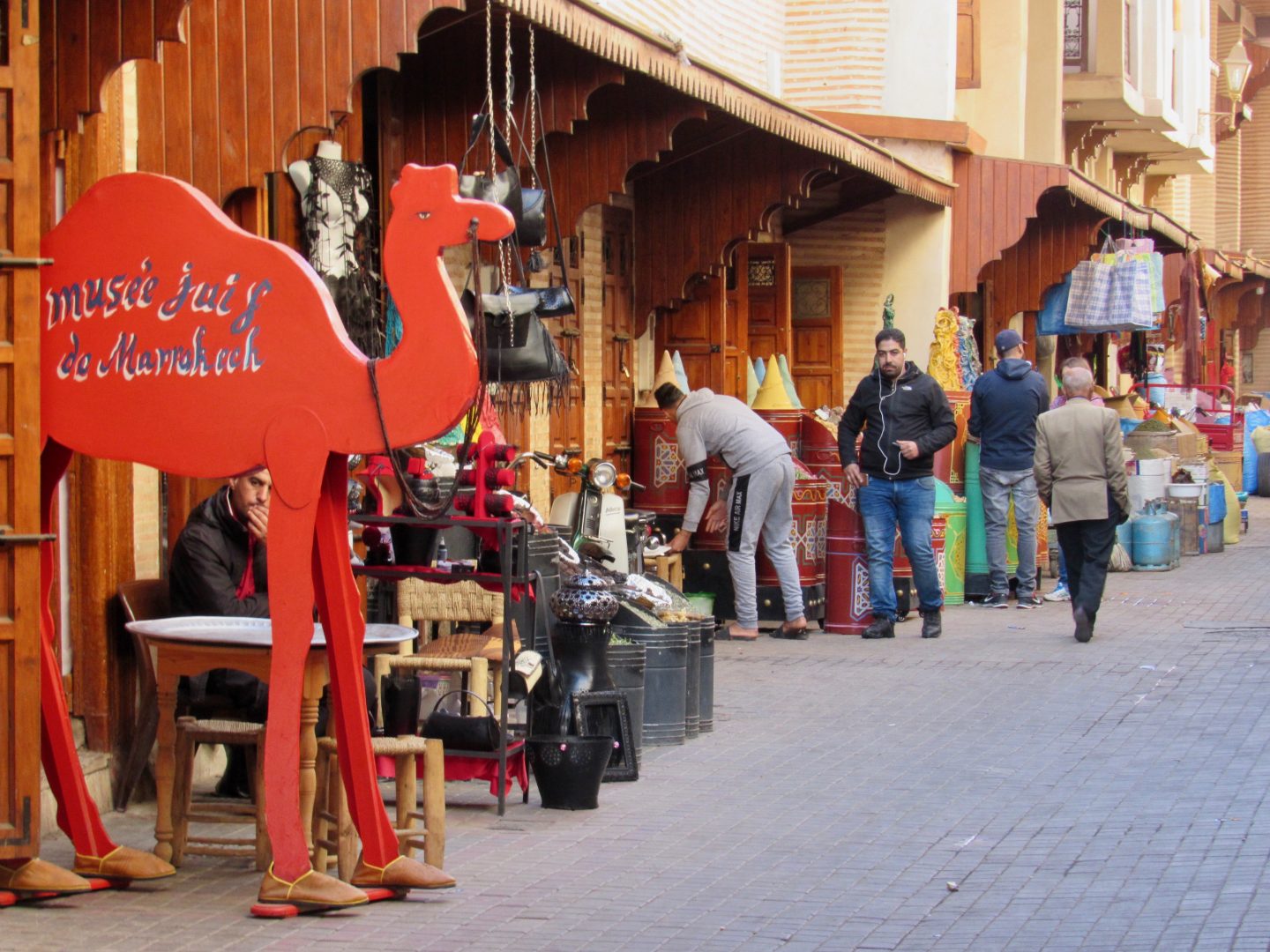
The entrance of the Lazama synagogue is a very simple door in a red wall with a sign on it that says “Slat El-Azama Synagogue”. The name Lazama derives from “Al Azma” as a reference for those who fled from Spain. It was built in 1492 during the Inquisition.
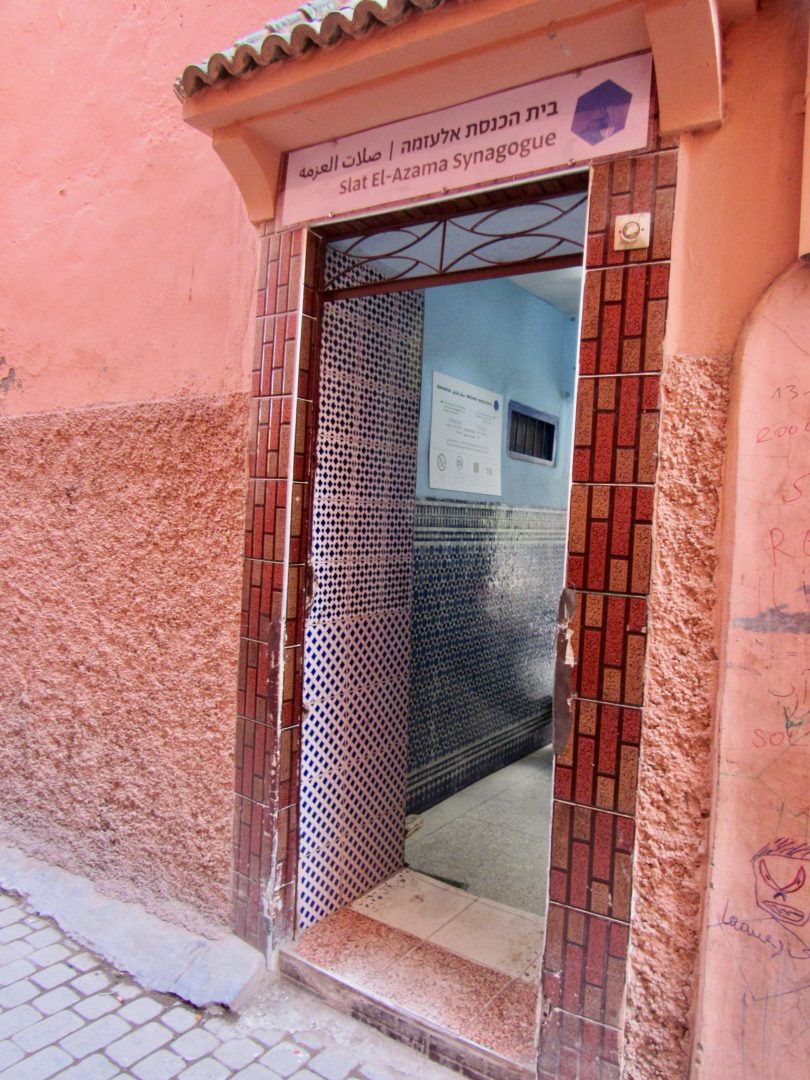
It served as a home for many young Berbers who converted to Judaism and went to learn the Torah. In the 1960s it was abandoned and the halls were converted into museums that show old photos.
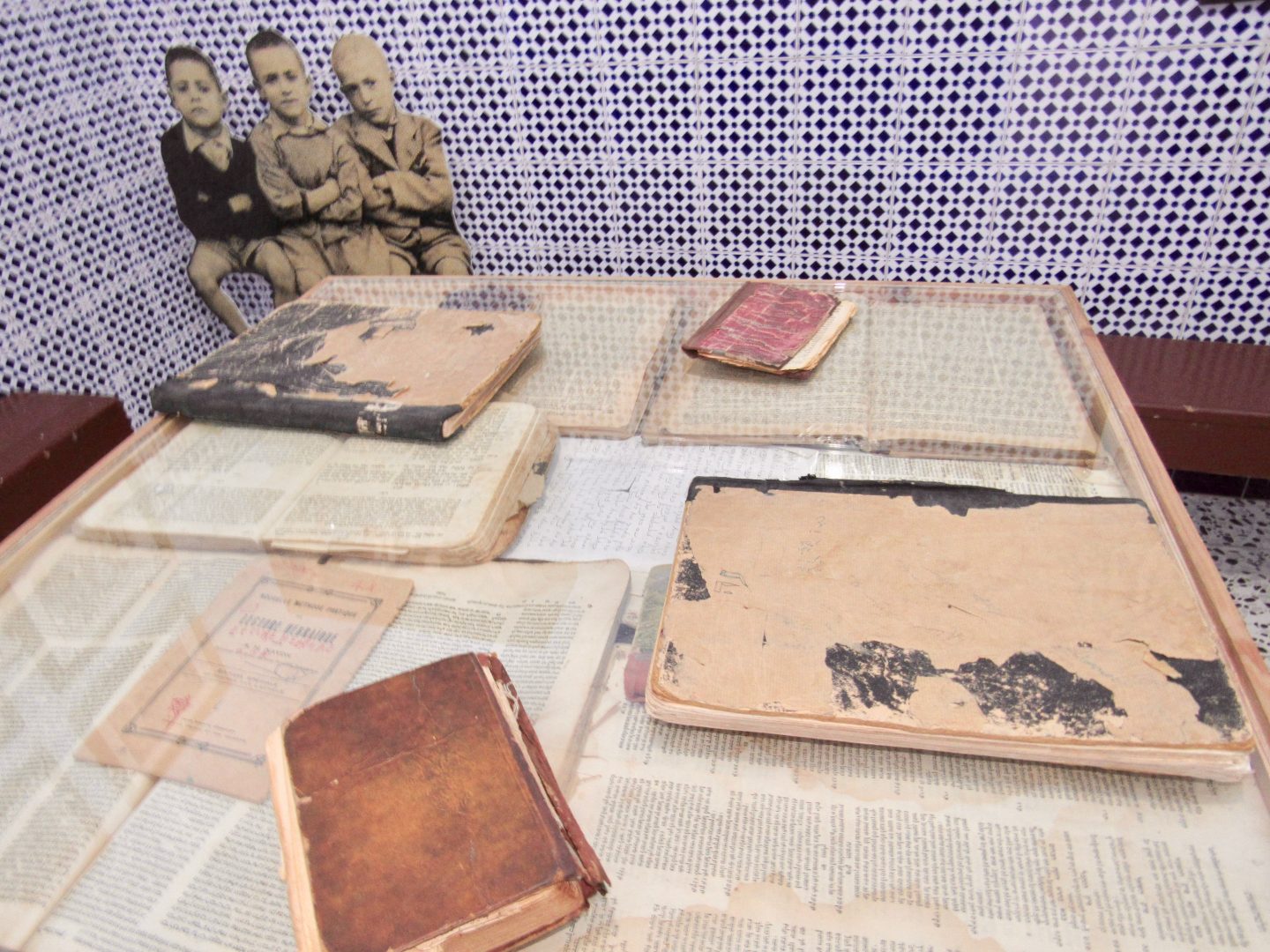
Admission is supposed to be free but they charge you a small donation, not optional. The building is a sixteenth-century riad. It is managed by Katherine Roumani, an English anthropologist, with her daughter. They live on site and offer information for visitors. It is used for weddings and Bar / Bat Mitzvah of foreigners visiting Marrakech.
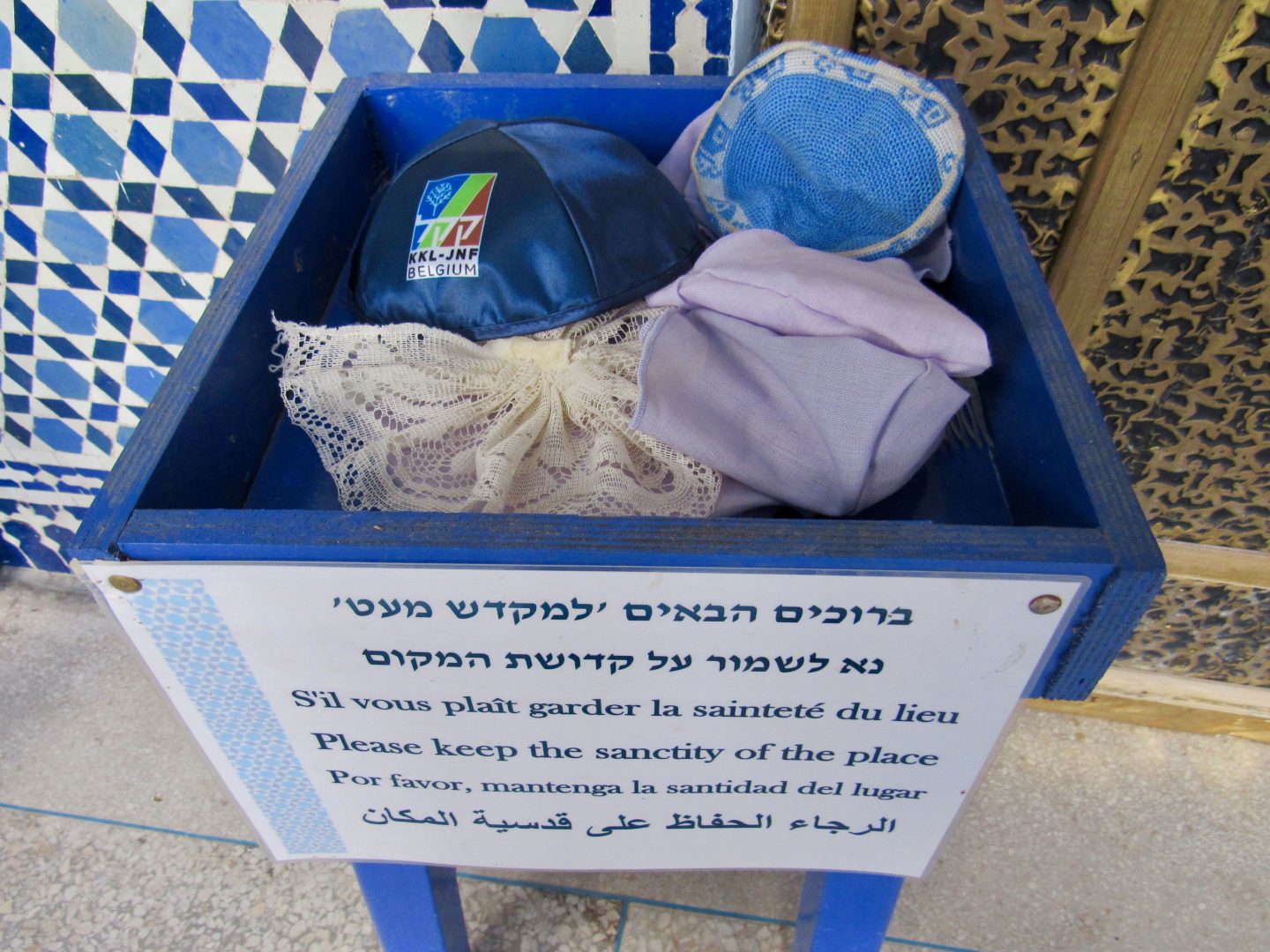
The synagogue was restored 10 years ago using typical Moroccan mosaics in blue and white colors to represent the colors of the flag of Israel.
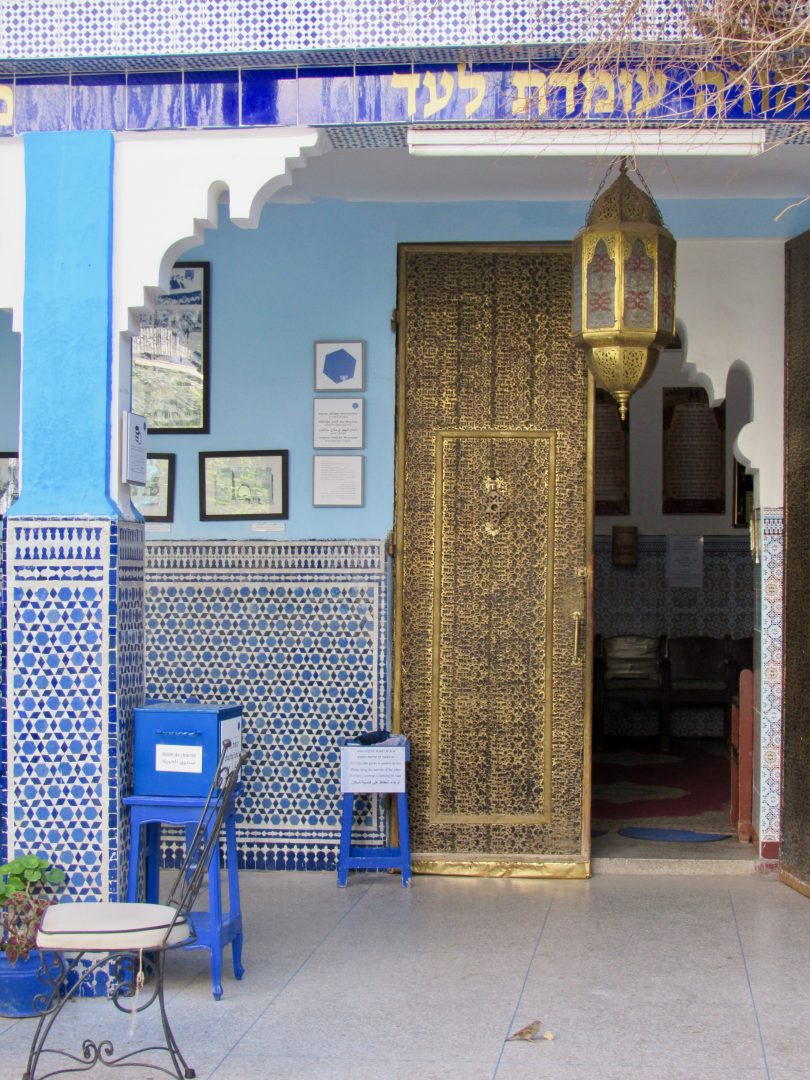
It has a beautiful inner courtyard with a fountain where the birds stop to drink water.
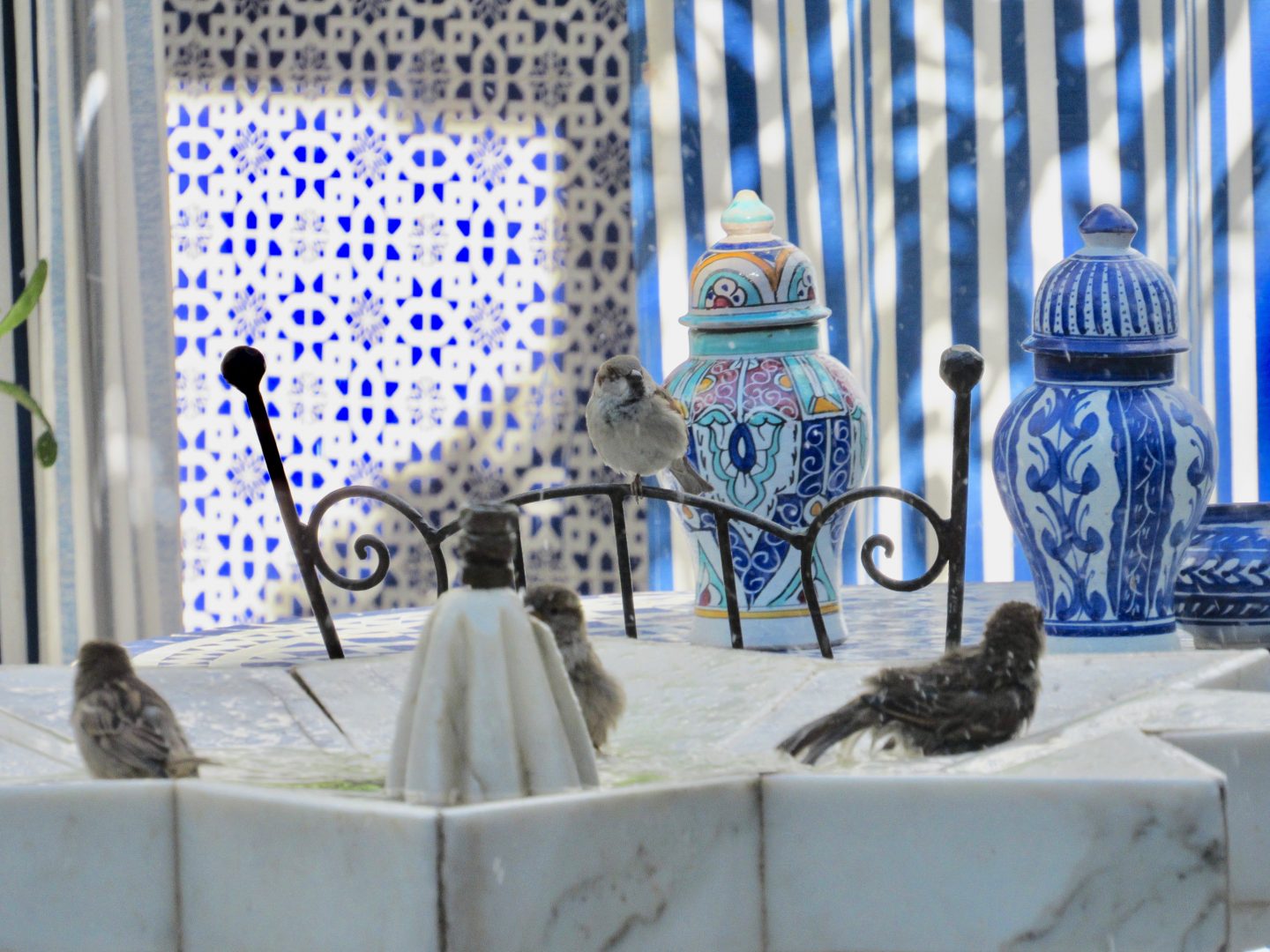
You can spend some time sitting on the benches.
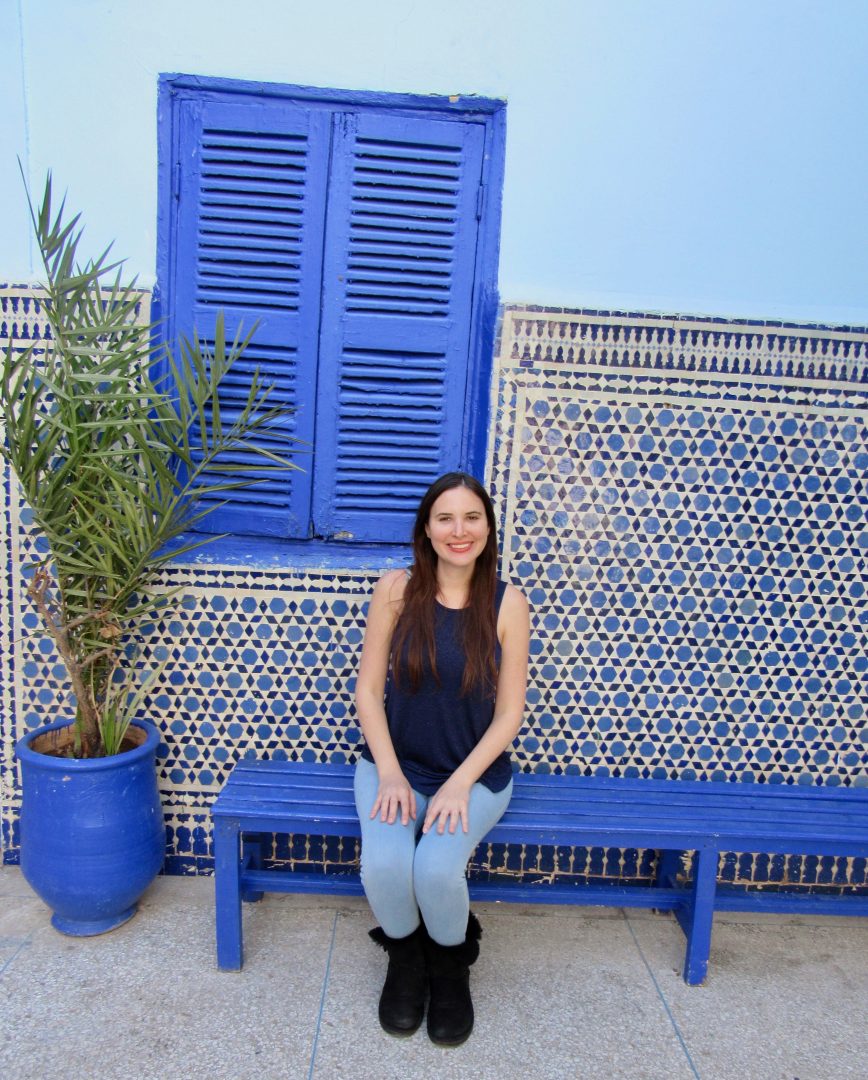
Miara Cemetery
The entrance to the Miara cemetery goes unnoticed as it is in a large red wall that borders this huge place. You must walk along the mellah to Avenue Taoulat El Miara.
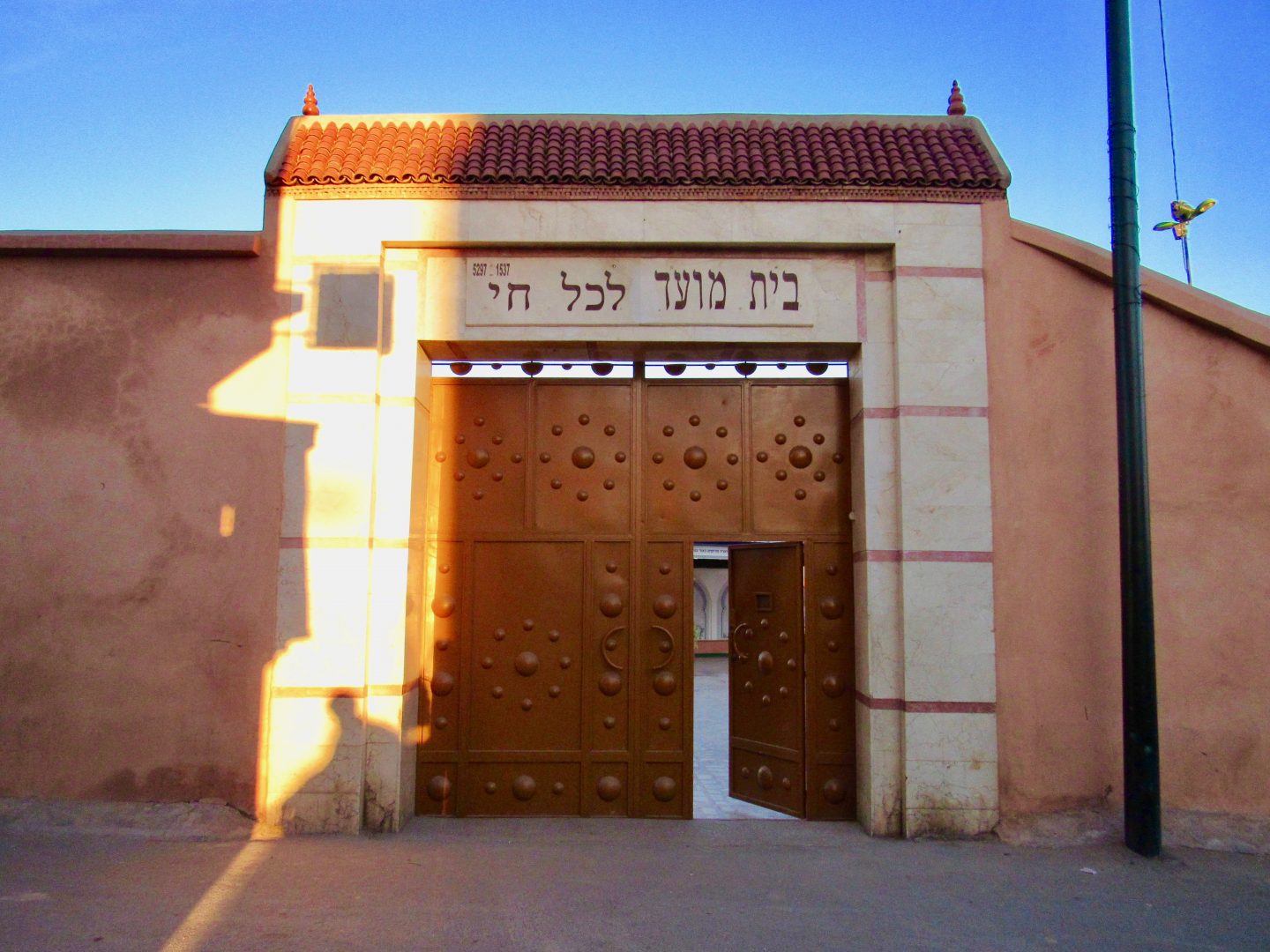
A wooden door with a Hebrew sign tells you that you have reached the right place. The site is open every day. It is necessary to wash your hands at the exit and leave a small tip to the caregiver.
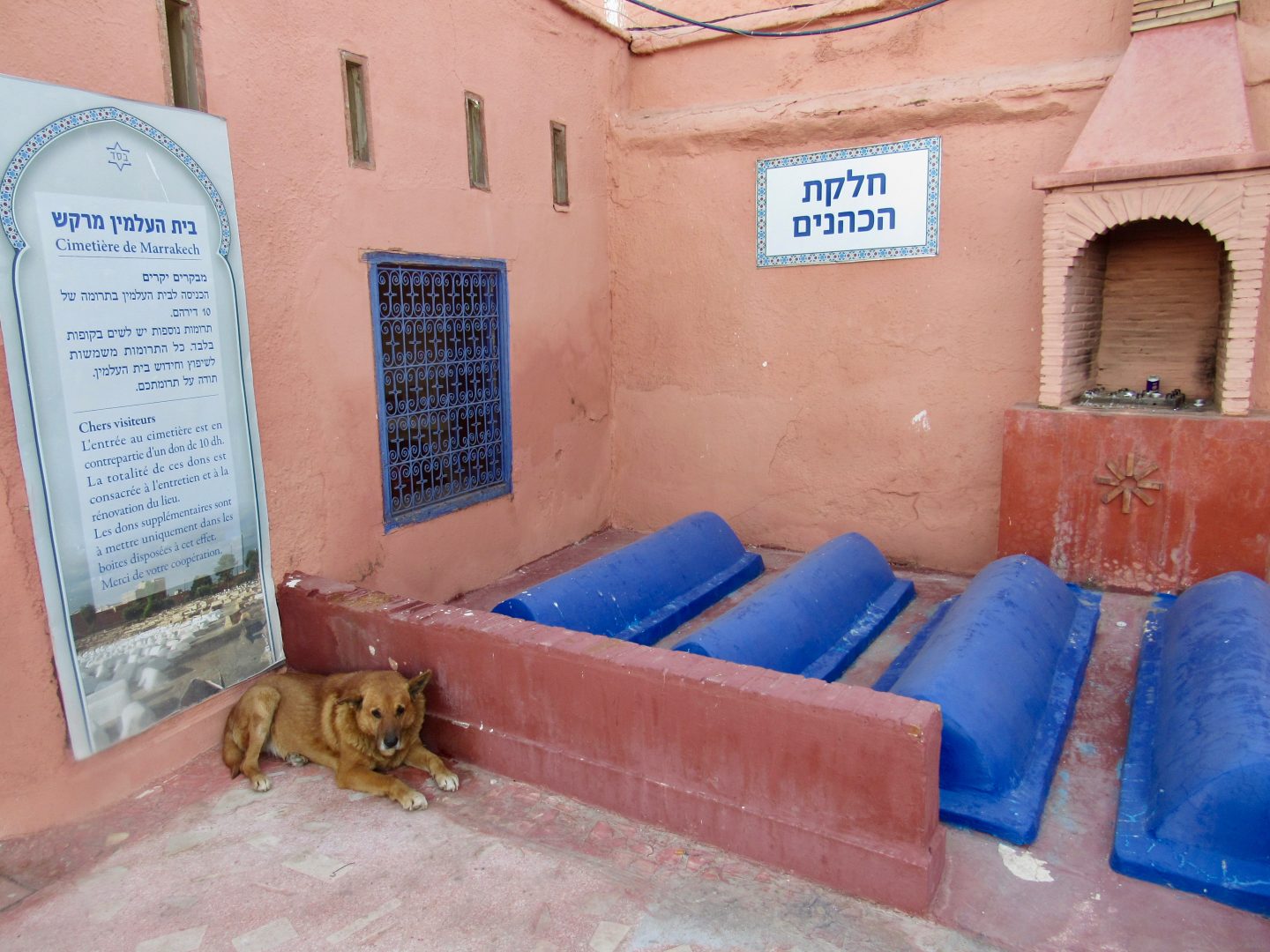
The cemetery was built over 600 years ago. Although it is the largest in the entire country, it is the only one for Jews in Marrakech and became too small long ago. The cemetery has three layers of burials marked by gravestones made of stone.
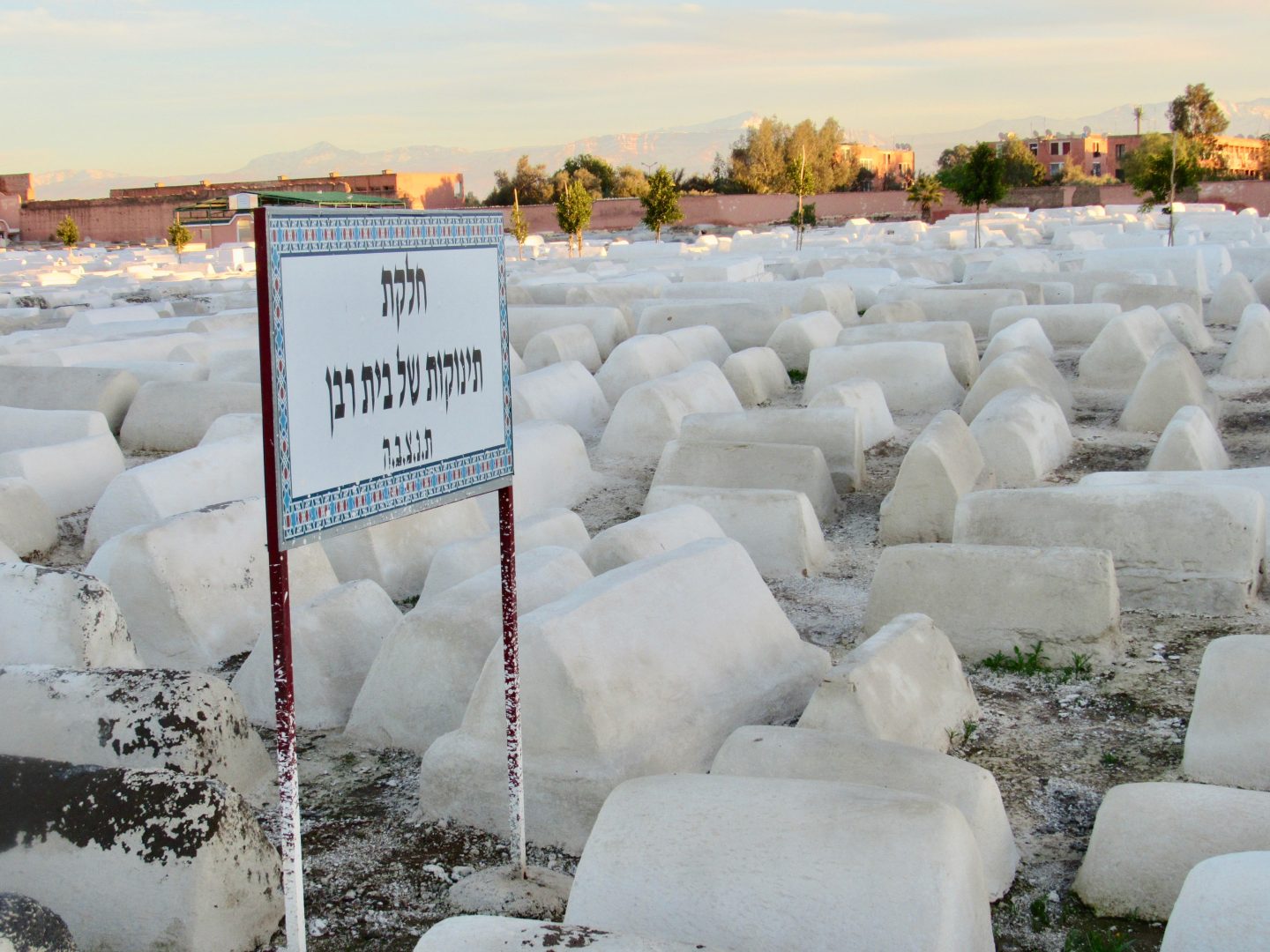
Among all the simple tombs stand out several beautiful mausoleums that are a tribute to the illustrious and rabbis of the community.
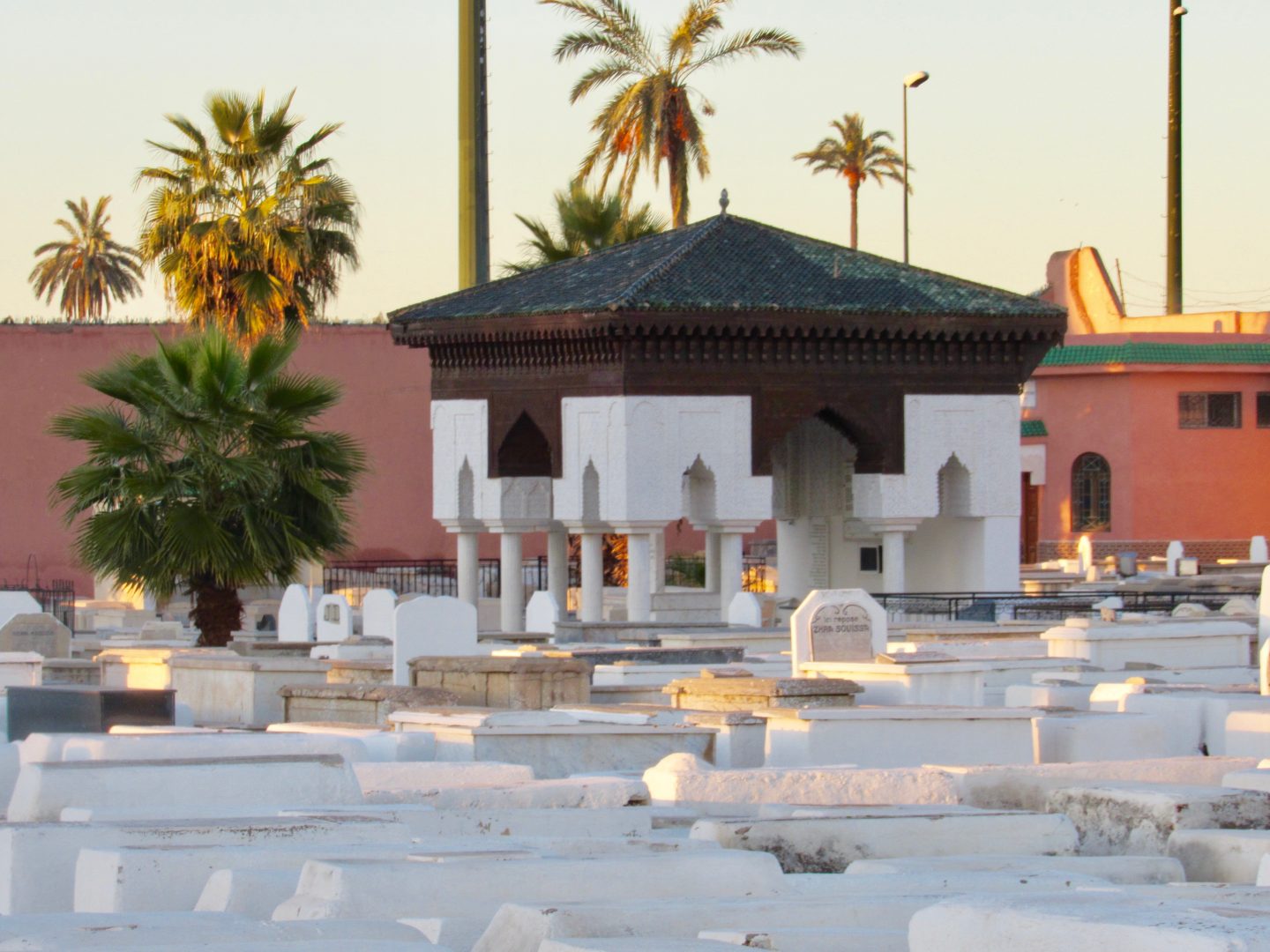
Some tombs have scriptures in Hebrew, many do not and only have decorative stones typical of the Jews.
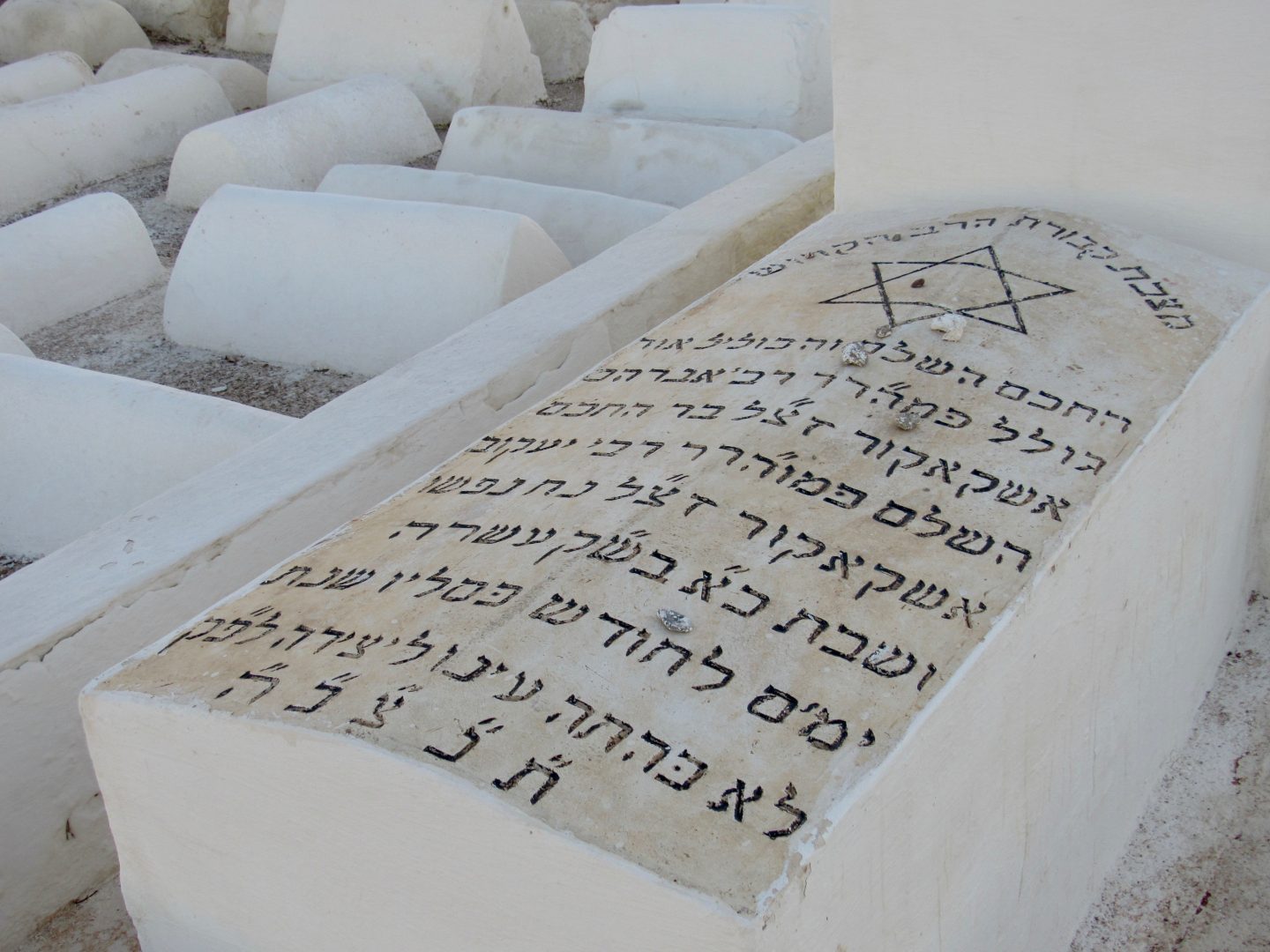
There are three sections, one for men, one for women and a third for children.
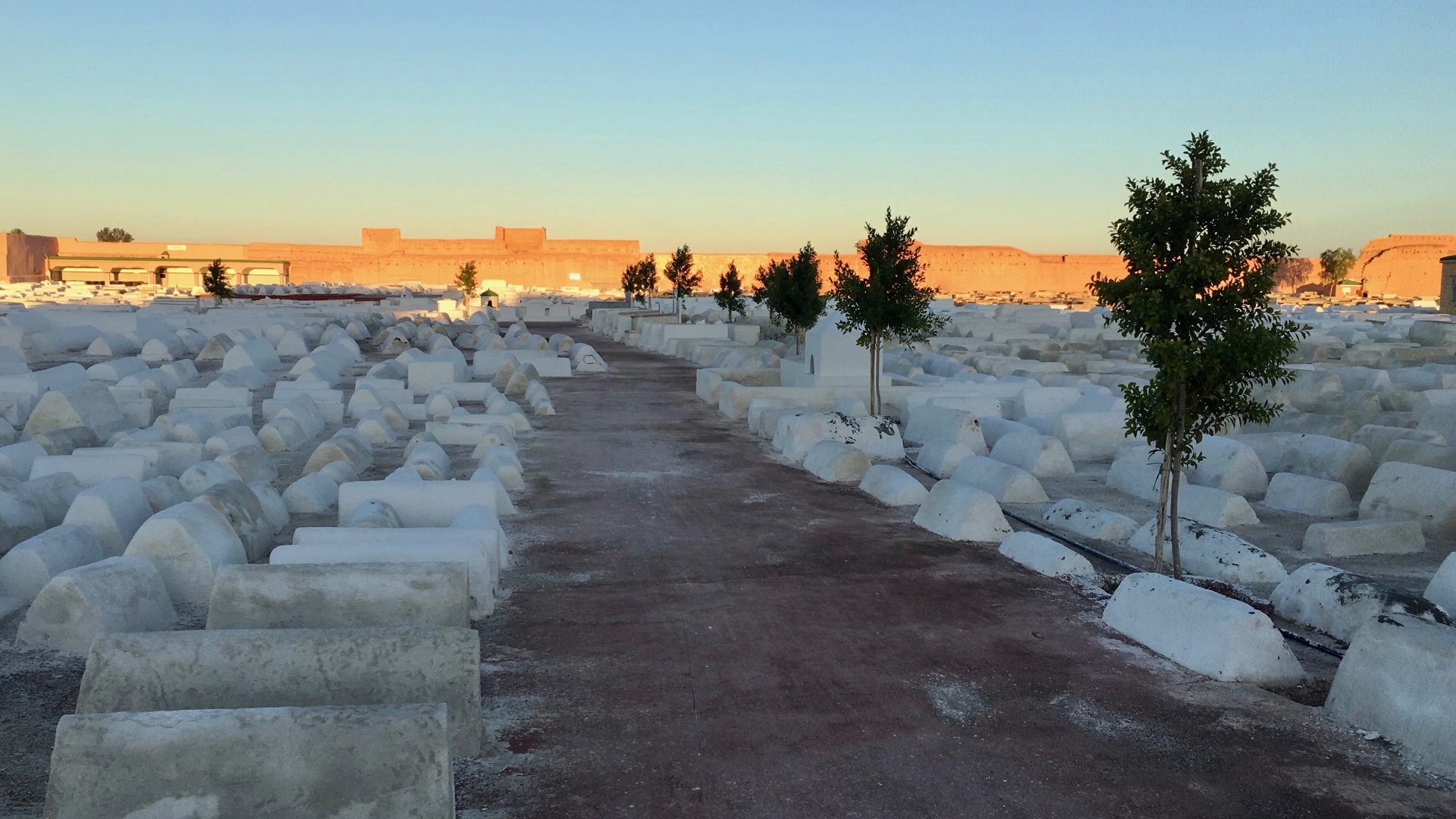
Thousands of Jews come to Morocco on the anniversary of their Tzaddik, a Jewish term given to people considered righteous, such as biblical figures and spiritual teachers.
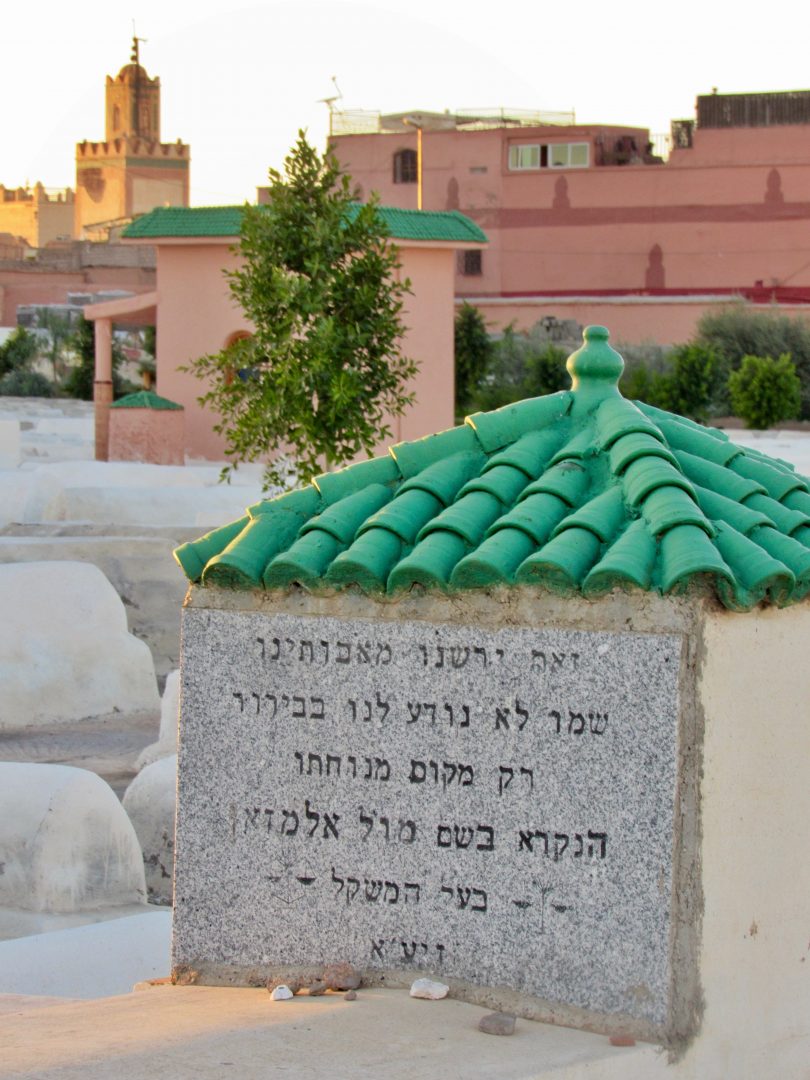
They celebrate a festival of prayers where they give their jovial respect between meals and readings near the graves. Men may need to wear a kippah when they visit Miara Cemetery.
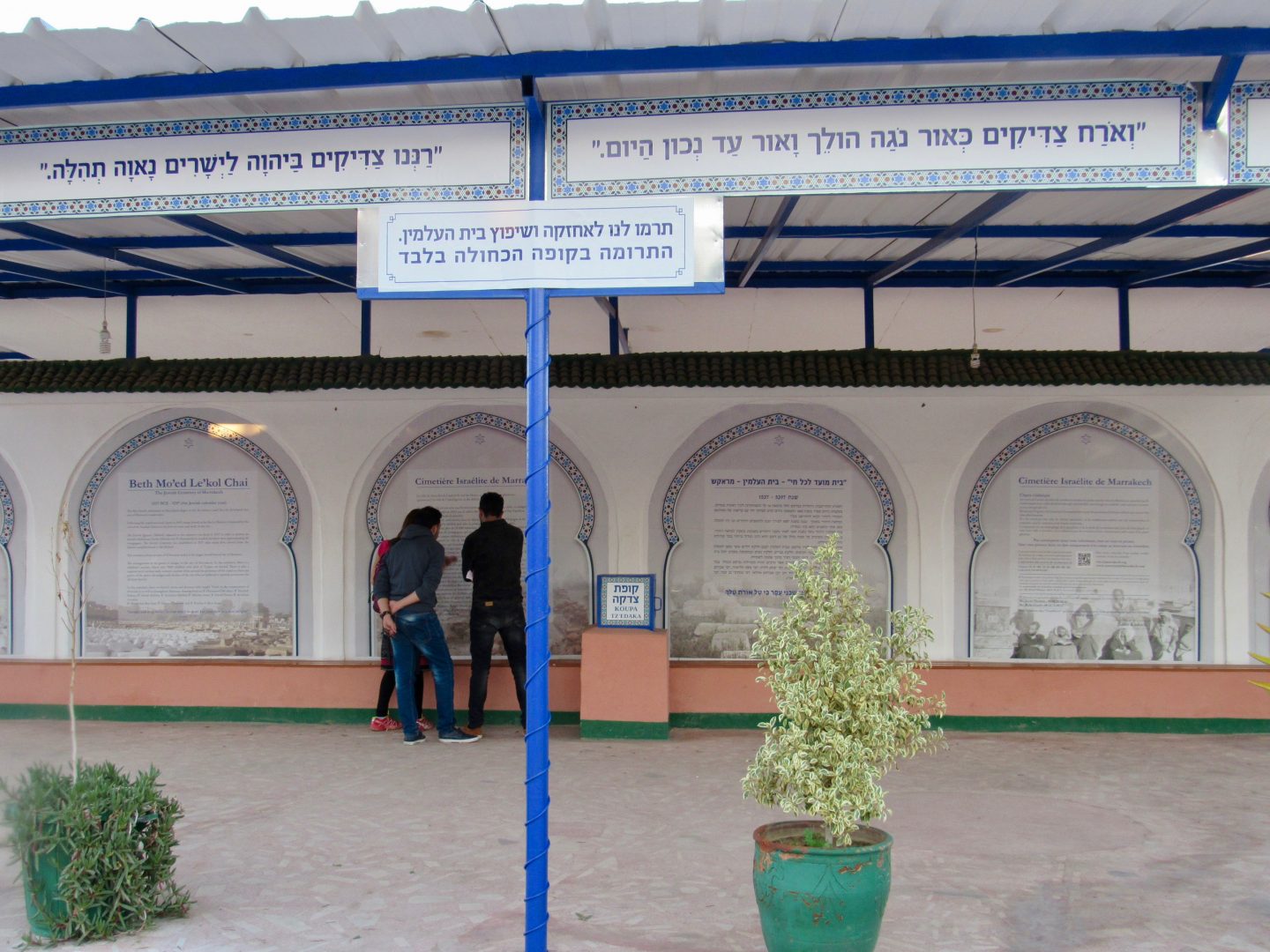
If you visit this city, be sure to take a walk around the Jewish quarter that is certainly a short distance from your riad in the medina of Marrakech.


